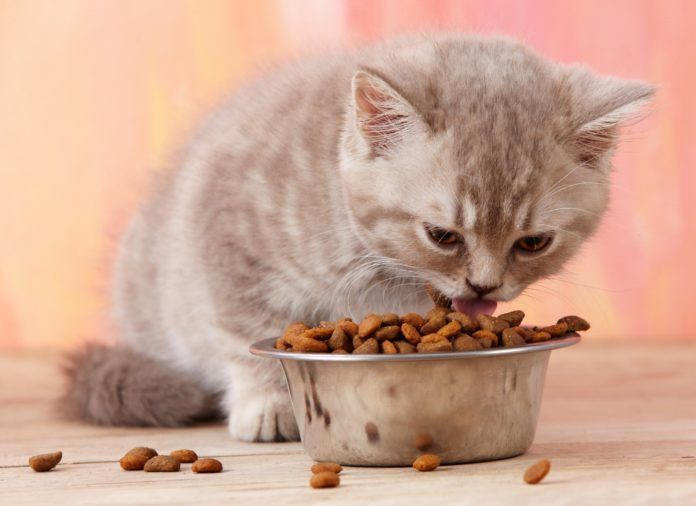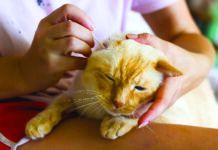
© Magone/Getty Images
Q. I am writing in hopes that you may have a suggestion regarding my three-year-old Persian cat. I adopted her through an agency when she was about two years old, but nothing was ever mentioned to me about her eating issues.
I have now learned that she will not eat moist cat food of any flavor, and from what I can tell, she does not drink water! I have tried many tricks, and make certain that she has access to fresh water (in different areas of the house) at all times.
Recently, I found a variety of moist cat food that she will eat, but I have to put it through a sieve and make it into a gravy (by adding drops of water). I do this twice a day to make sure she gets hydrated. Do you have any suggestions that may help remedy this problem?
Beth Provenstein
A. Dear Beth: I’m sure that your cat does drink, even if you don’t see her doing so, because she would become seriously dehydrated and require medical attention. Some cats just do not like canned food, especially if they were never introduced to it as young kittens. With time, some of these cats can be convinced to eat it, but it can take much longer than many owners’ patience allows.
Unless your cat has been identified as having specific health problems that would benefit from increased water intake, I’m not sure it’s worth all the trouble that you are going through — particularly if by sieving the food, you are filtering out the chunks that have most of the nutrients. Have you tried just putting it in the blender with more water?
There are a few companies now that make “broth” products marketed for cats. Usually these products are meant as treats (keep to less than 10 percent of daily calories) and are not appropriate to feed as the sole diet. Sodium can be high, so they are not good options for cats with certain health issues, but should be okay for a healthy young cat. The sodium may even lead to higher water consumption.
You can also try adding the juice from low sodium canned tuna or homemade chicken broth (so it has no salt, onions or garlic) to her water bowl or even to her dry food. If you do this, make sure that you change the food or water every few hours to reduce the risk of bacterial growth.
Cailin Heinze, VMD, MS, DACVN
Assistant Professor of Nutrition
Cummings School of Veterinary Medicine at Tufts University




